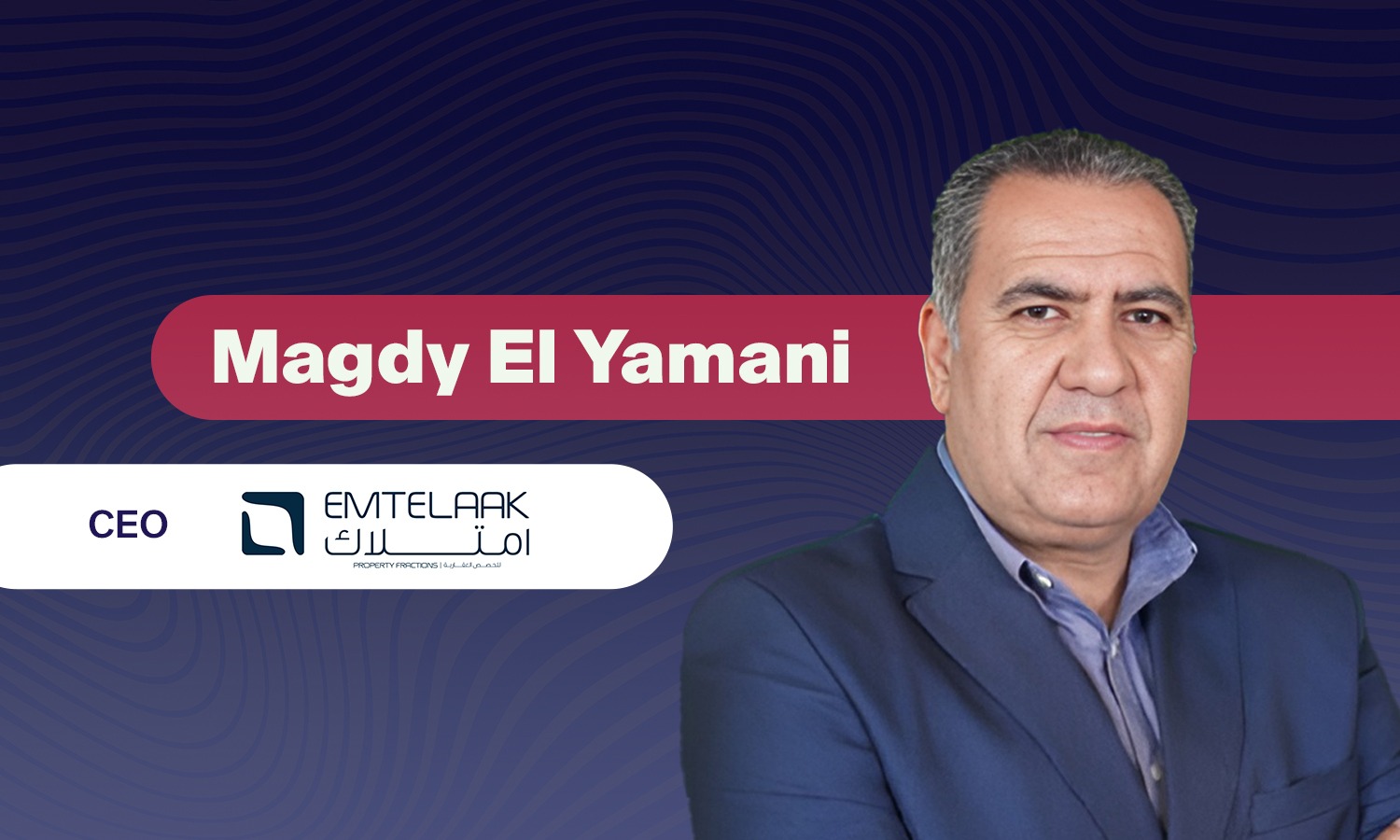Free Zones: Egypt’s Gateway to Export Growth
Updated 8/23/2025 9:00:00 AM
Egypt recently announced that four new public free zones will be inaugurated in 2026. These zones are set to be located in 10th of Ramadan, New October, New Borg El-Arab, and New Alamein. The move comes after occupancy in the country’s nine existing public free zones reached 95%. All production in the new zones will be directed exclusively to exports, aligning with Egypt’s ambitious target of $140 billion in annual exports by 2030.
In this Factsheet, we will explore the role of free zones in Egypt in boosting investment and exports.
- Egypt operates two types of free zones: public and private. The General Authority for Investment and Free Zones (GAFI) manages nine public zones, while about 230 private zones are across the country.
- Public free zones are distributed across Egypt’s governorates, including Suez, Ismailia, Port Said, Damietta, Alexandria, Cairo, Giza, Qena, and Menoufia. By contrast, around 80% of private zones are concentrated in Alexandria and Cairo.
- Activities in Egypt’s free zones are not limited to manufacturing. They also include service-oriented operations and storage facilities. However, certain industries are prohibited from operating in free zones, such as fertilizers, refining, weapons, and alcoholic beverages.
- Investment incentives in free zones are a major driver that attracts both local and foreign investors. They include exemptions from customs duties, corporate income tax, and restrictions on capital repatriation. Projects also benefit from simplified procedures for importing production inputs and capital assets.
- A central regulation of free zones is that at least 80% of a project’s output must be exported. However, domestic sales are permitted but subject to a 14% value-added tax (VAT) on foreign components.
- Land ownership differentiates public from private free zones. In public zones, land remains state-owned, yet investors are only allowed to rent land for their projects. On the other hand, private free zones offer companies the option to either buy or rent the land.
- Between 2014 and 2025, the performance of free zone projects has shown strong growth. The number of projects increased from 1,090 to 1,208, with invested capital rising from $10.9 billion to $14.1 billion. Investment costs grew from $23 billion to $33.7 billion, as foreign investment rose to $2.8 billion, with jobs generated by free zone projects reaching 219,000.
- Exports from Egypt’s free zones have increased significantly, growing from $4.1 billion in 2014 to $7.9 billion in 2025. Since 2017, these zones have consistently maintained a trade surplus with the world, underscoring their contribution to Egypt’s external sector.
By: Amina Hussein
Related News

Egypt’s 2024 Trends in Patents and Trademarks
Updated 8/16/2025 9:00:00 AM

The Story Behind the Old-Rent Law Amendments
Updated 8/9/2025 9:00:00 AM

Countdown to Dabaa: Egypt’s Nuclear Power Era Begins
Updated 8/2/2025 9:00:00 AM

Egypt’s Water Resources in Focus
Updated 7/26/2025 9:00:00 AM

Reviewing Egypt’s Economic Scene in H1 2025
Updated 7/19/2025 9:00:00 AM





